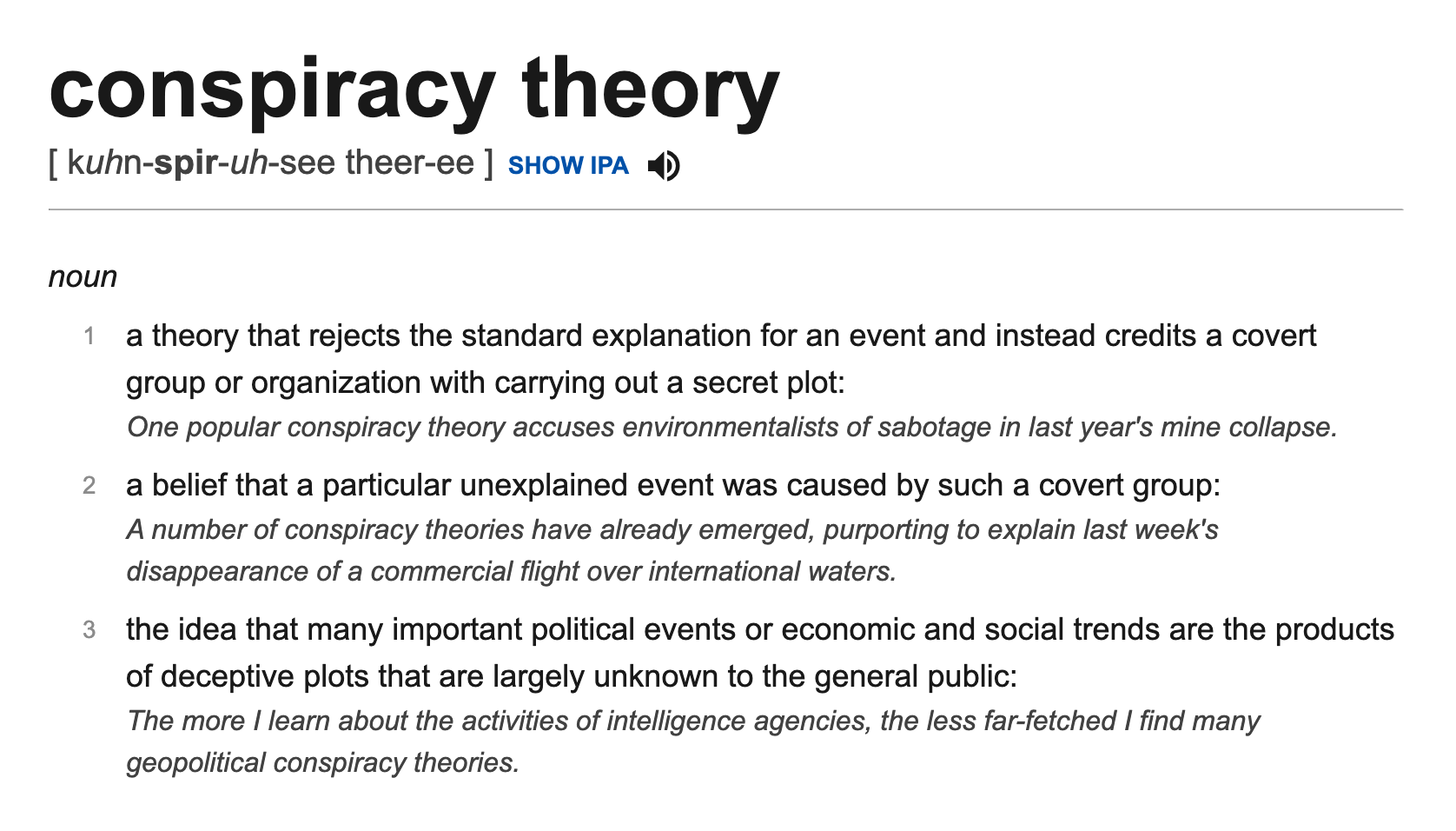Covid-era Threats: 5 Steps for Effective Issues Management

It is a challenging time to lead an organization. Here are just some of the current issues this blog has highlighted over recent weeks:
- Significant shifts in employee culture & engagement.
- The rising cybersecurity threat thanks to the numbers of people working remotely.
- The impact on employee mental health during the coronavirus crisis.
- With a general election on November 3rd, the challenge of managing the impact of political support and discussions in the workplace.
- The do and do nots of how brands talk about racism.
The list goes on and on.
How can you be better prepared to identify, respond and manage emerging threats when there are so many of them at one time?
Here are five foundational elements of a robust issue management strategy:
- Risk Assessment: Not all risks are born equal. Impact varies depending on factors such as your line of business, the balance of your workforce working remotely and whether your customers are consumers or businesses. Take your leadership team through an exercise to identify and grade the most dangerous threats to your organization and to assess how well you are equipped to manage each issue. The next step is to develop response scenarios to the most likely and dangerous risks should they escalate.
- Engaged Senior Team: With so many risks lurking in such diverse sources, one person cannot monitor the status of every single threat and be the sole judge of the appropriate response. This is especially true when speed of response is the key. Ownership of each threat should be assigned individually around the group. The entire senior team should regularly review your organization’s assessed risks
- Effective Communications: Many of the current issues can be mitigated before they rise to a threat by thoughtful, effective communications with key stakeholders – particularly employees and customers. You cannot over-communicate at a time like this. Engage with employees, ask for their input on the key issues that affect the workplace. Be clear with customers what you are doing to support and protect their interests, as well as your own, in these difficult times.
- Early Warnings: There are usually clues and early signs when an issue is beginning to turn into a threat. Scraps of feedback from employees that something is causing anxiety and friction in the workplace. A rising tide of conversation on social media about a customer issue that is on your risk watchlist. Ensure you have a virtual dashboard to collect data from multiple online sources, customer and employee feedback and the media. Be paranoid – if something looks a little “off”, treat it seriously.
- Collaboration Tools: When an issue does rise to become a threat, then you need to move quickly, using the full resources of the organization. That’s where a mobile issues and crisis management solution, such as our own In Case of Crisis platform, available at the touch of an icon on the smartphone of every team member, gives you the ability to instantly:
- Access your previously prepared issues management Playbooks
- Activate your response team and communicate with stakeholders
- Resolve the threat quickly with effective collaboration and coordination
The principles of effective risk assessment and issues management were in place before the coronavirus crisis, rising natural disasters and the immediate news cycle that plays out on social media began to seriously impact workplace behavior and culture.
As a result of so much change and uncertainty in the world of work in such a short space of time, it has never been more important to be confident that your organization is embracing proven best practices.
Learn how hundreds of organizations large and small are using our award-winning crisis management platform, In Case of Crisis, to better prepare for and respond faster to emerging threats.









